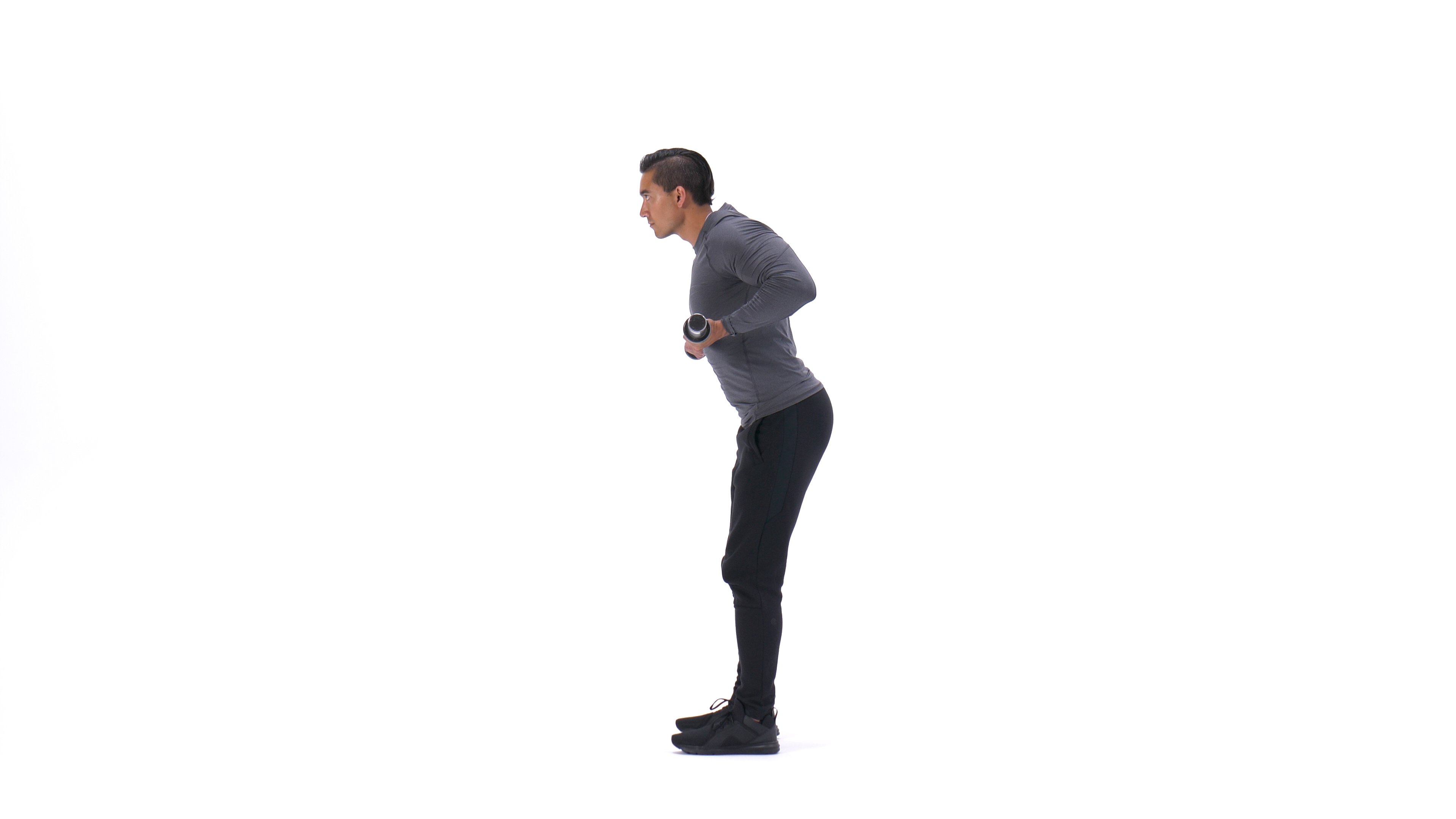

Norman Walker who was over 100 when he died, likewise vegetarian Living the Good Life author Scott Nearing who died in his 100th year after a short illness. Rodale who konked out while being interviewed by Dick Cavett at 72. There are others like organic gardening pioneer J.I. Not quite as good as being shot by a jealous husband at 99 but not bad. Bragg died in a surfing accident in Hawaii at the age of 95. He learned about health and fitness from a guy named Paul Bragg. He enjoyed driving around in his Corvette, drinking good wine and winking at the pretty girls until just a month or so before he died. Jack LaLanne, who worked out every day without fail since 1928, died at the age of 96 last year.

My father died of cancer at 84 but I guarantee you, he wasn't jogging on the beach. When he got home he laid down for a nap before lunch and never woke up. They never ended up in a wheelchair, or with Alzheimer's or dragging an oxygen bottle around nor did they drag out weary months and years in a nursing home or hospital bed.Įxample, Charles Atlas (remember him?) stepped out of his beach house in New Jersey and went for a jog on the beach. But I noticed they kept their physical and mental faculties up to the end. I found out they didn't necessarily live longer than other people, although they usually lived into their seventies, eighties or nineties. Who should you trust? I decided to look up the histories of some old time health nuts and see how they wound up. Meanwhile there were a lot of fitness buffs saying the opposite. A lot of things like vitamins, exercise etc were disparaged by orthodox doctors and scientists. I was working on some health issues of my own and found there was a controversy. When targeting the elbow flexors for maximum recruitment and tension with a barbell curl, a fixed shoulder extension (not hyperextension) is superior to either shoulder flexion or hyperextension.I'm interested in the Golden Era fitness or physical culture. In as much as shoulder flexion during barbell curls is cheating, drag curls are cheating as well. In addition, with the elbow moving rearward (drag curls) or foreword, resistance in opposition to the elbow flexors is proportionately lessened. One is the fact that while performing the curl with shoulder hyperextension, far less tension can be generated in the biceps brachii than if the shoulder simply remained extended the entire curl (elbow remains stationary at the hip). However, the differentiation in strength between shoulder flexion versus hyperextension is not a direct correlate in regard to how much we are "cheating" the elbow flexors.

Now it is quite true that we are stronger in shoulder flexion ("cheating" motion where the elbow moves foreword of the torso) than in shoulder hyperextension (rearward movement of elbow movement during "drag curls"). the greater ROM through which you work your biceps), the greater the involvement of the shoulder hyperextensors, and thus the greater the assistance given to your elbow flexors in moving the weight vertically. The greater the ROM at the elbow joint (i.e. Thus, the posterior deltoid will experience a primarily involvement and the upper trapezius as well as some lesser scapular muscles will experience synergistic involvement. This is simply a bit of an analysis of the exercise in brief comparison to other barbell curls.ĭuring "drag curls" as described, hyperextension must occur at the shoulder joint (elbow moves rearward in relation to the torso). First, please note that this is not an antagonism for the hell of it.


 0 kommentar(er)
0 kommentar(er)
